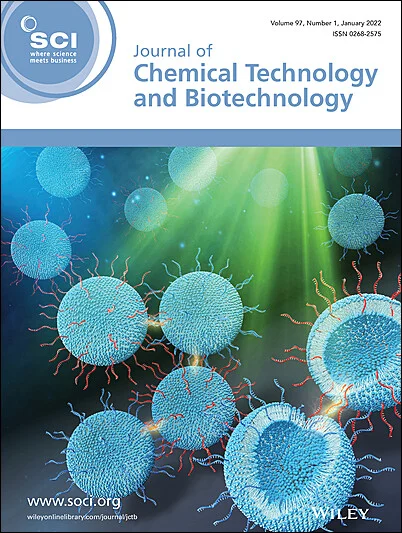Assessing the succinic acid production capabilities of Corynebacterium glutamicum using industrial feedstocks
Abstract
BACKGROUND
The study focuses on succinic acid production in synthetic and industrial media using wild type Corynebacterium glutamicum, a known carboxylic acid producer. The South African sugar industry is facing many challenges, largely due to increased competition and the implementation of a sugar levy, which has resulted in a decrease in demand. Sugarcane material was selected as a cheap and abundant carbon source to assess the succinic acid production capabilities of C. glutamicum.
RESULTS
Small-scale flask studies (700 mL) showed that glucose was the favorable sugar source when compared to xylose, recording a maximum value of 18.87 ± 1.27 g L−1 succinic acid. Evaluation of the industrial small-scale flask studies concluded that molasses was the top-performing sugarcane material in comparison to the sugarcane juice, reaching a succinic acid concentration of 20.31 ± 0.75 g L−1. The productivities achieved in the small-scale studies when using molasses was 0.56 g L−1 h−1, which was less than that recorded for the glucose-based media, at 0.67 g L−1 h−1, which was an expected outcome due to the complexity of the molasses. These studies were then successfully scaled up to 30 L biostat reactors, where the fermentations were run to mimic the micro-aerobic conditions experienced in the flasks but in a more controlled environment.
CONCLUSION
The highest concentration of produced succinic acid was obtained when using molasses as the carbon source, reaching a maximum of 28.89 ± 0.10 g L−1. The study recognizes the potential for the South African sugar industry to diversify its product offerings through the adoption of biochemical production. © 2025 Society of Chemical Industry (SCI).




 求助内容:
求助内容: 应助结果提醒方式:
应助结果提醒方式:


